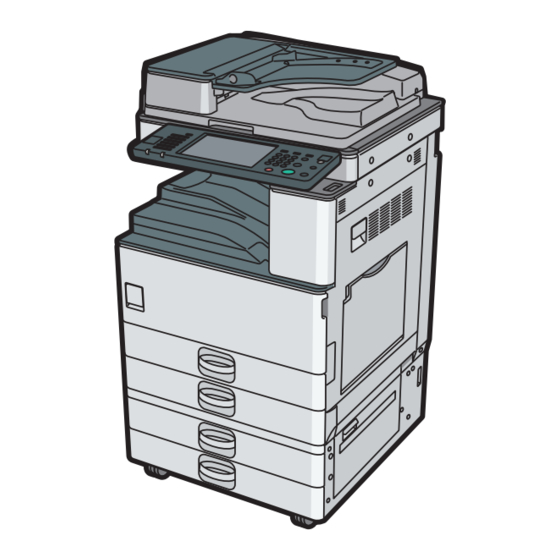
Table of Contents
Advertisement
Quick Links
Read this manual carefully before you use this machine and keep it handy for future reference. For safe and correct use, be sure to read the Safety
Information in this manual before using the machine.
Manuals and Safety Information
1
Manuals for This Machine
2
Information for This Machine
3
Safety Information for This Machine
4
Other Information for This Machine
for This Machine
Advertisement
Chapters
Table of Contents
Troubleshooting

















Need help?
Do you have a question about the MP 2352 and is the answer not in the manual?
Questions and answers